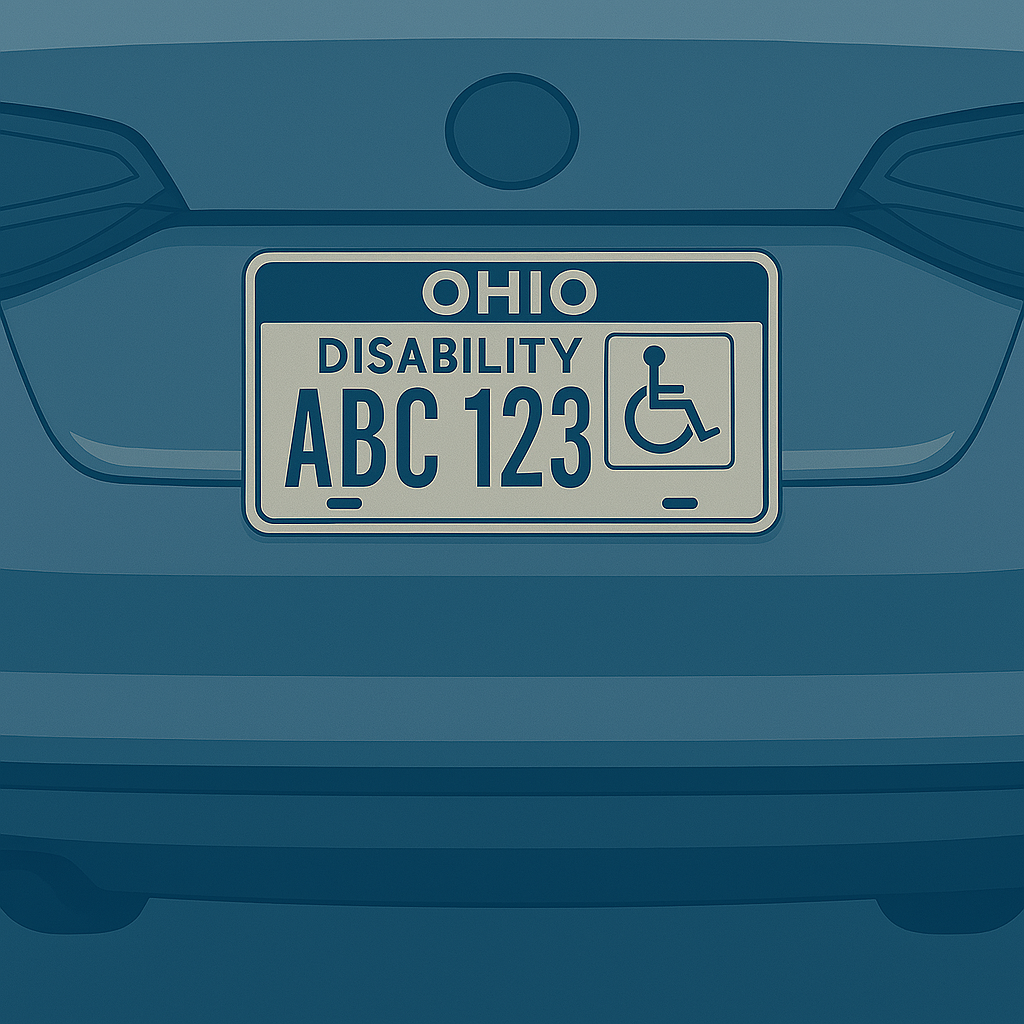Driving with MS:
Staying Safe and Independent
Driving with MS. Is this a skill you don't want lose? For many people, driving represents freedom, independence, and control over their daily lives. But when you’re living with multiple sclerosis (MS), driving can become challenging, especially if symptoms like fatigue, weakness, vision problems, or cognitive issues start interfering with your ability to react quickly and drive safely.
The good news? Driving with MS is still possible for many people, as long as safety remains the top priority. The key is to recognize your limitations, make necessary adjustments, and explore adaptive driving solutions that can help you stay on the road with confidence.
Let’s dive into how MS affects driving, what symptoms to watch for, and strategies to help you drive safely while maintaining your independence.
How MS Can Affect Your Ability to Drive
MS is an unpredictable disease, and its symptoms can vary from person to person. Some people experience mild symptoms that don’t interfere with driving, while others may face significant challenges that make it unsafe to be behind the wheel.
Here are some of the most common MS-related symptoms that can impact driving:
1. Vision Problems
- Blurred vision or double vision can make it difficult to see road signs, pedestrians, or other vehicles.
- Optic neuritis, a common MS symptom, can cause temporary vision loss or difficulty distinguishing colors.
- Light sensitivity may make driving in bright sunlight or at night uncomfortable.
2. Muscle Weakness and Coordination Issues
- Weakness in the legs or arms can make it hard to press the pedals, turn the steering wheel, or react quickly.
- Spasticity or tremors may interfere with smooth movements, making it difficult to control the car.
3. Fatigue and Cognitive Challenges
- MS fatigue can cause slower reaction times, making it harder to respond to sudden changes on the road.
- Brain fog or memory issues may lead to difficulty concentrating, forgetting directions, or missing traffic signals.
4. Numbness and Sensory Changes
- Numbness in the feet or hands can make it difficult to feel the pedals or grip the steering wheel properly.
- Temperature sensitivity may cause discomfort, especially in extreme heat or cold.
If you experience any of these symptoms, it’s important to assess your driving ability regularly and make adjustments to stay safe.
How to Drive Safely with MS
If you’re determined to keep driving, there are several strategies and modifications that can help you stay safe on the road.
1. Get a Driving Evaluation
Before making any decisions, consider getting a professional driving assessment from an occupational therapist or driving rehabilitation specialist. They can:
- Evaluate your reaction time, coordination, and vision.
- Recommend adaptive equipment if needed.
- Help you determine whether driving is still safe for you.
2. Use Adaptive Driving Aids
If MS symptoms make traditional driving difficult, adaptive equipment can help. Some options include:
- Hand controls for braking and acceleration if leg weakness is an issue.
- Steering wheel modifications to improve grip and control.
- Left-foot accelerators for those who struggle with right-leg weakness.
- Pedal extenders if reaching the pedals is difficult.
3. Adjust Your Driving Schedule
- Avoid driving when fatigue is at its worst, such as early mornings or late evenings.
- Plan shorter trips to reduce exhaustion.
- Take breaks during long drives to stretch and recharge.
4. Manage Vision Challenges
- Use anti-glare sunglasses to reduce light sensitivity.
- Avoid driving at night if vision problems make it difficult to see.
- Keep your windshield clean to improve visibility.
5. Stay Alert and Minimize Distractions
- Limit background noise (radio, conversations) to help with focus.
- Use GPS or voice navigation to avoid confusion with directions.
- Avoid driving in heavy traffic or unfamiliar areas if cognitive symptoms make it difficult to process information quickly.
When to Consider Stopping Driving
As much as independence matters, safety should always come first. If you notice consistent difficulties while driving, it may be time to reconsider whether it’s safe to continue.
Signs that driving may no longer be safe include:
- Getting lost in familiar areas.
- Difficulty judging distances or reacting to sudden changes.
- Frequent near-misses or minor accidents.
- Loved ones expressing concern about your driving.
If you’re unsure, talk to your neurologist or a driving specialist to get an honest assessment of your abilities.
Alternatives to Driving
If driving is no longer an option, there are still ways to maintain independence:
- Public transportation – Many cities offer accessible buses and trains.
- Rideshare services – Apps like Uber and Lyft can provide flexible transportation.
- Community programs – Some organizations offer free or low-cost rides for people with disabilities.
- Carpooling – Friends or family may be willing to help with errands and appointments.
Losing the ability to drive doesn’t mean losing independence—it just means finding new ways to stay mobile.
Final Thoughts: Driving with MS Is Possible—But Safety Comes First
Driving with MS is a personal decision, and it depends on your symptoms, abilities, and safety considerations.
If you’re still able to drive, adaptive equipment, scheduling adjustments, and professional evaluations can help you stay on the road safely. But if MS symptoms make driving unpredictable or dangerous, it’s important to recognize when it’s time to stop and explore alternative transportation options.
Your safety and well-being matter most, and whether you’re behind the wheel or using other mobility solutions, the goal is to stay independent while protecting yourself and others.
Check out this page on Web MD - MS & Driving: Can you drive a car when you have multiple sclerosis? (Link will open in a new window).
Dear Friends,
"Life in Spite of MS is a participant in the Amazon Services LLC Associates Program, an affiliate advertising program designed to provide a means for sites to earn advertising fees by advertising and linking to Amazon.com. We're also part of the Ebay Partner Network, another affiliate program."
We'd also like you to know it doesn't cost one cent more when you click through the links here on our blog. Not one single penny. And we will make a little extra cash when you do click through. We'll be ever so appreciative. You also have our word that we'll only link to things that we would use ourselves, (or wish we could have or use).
Sincerely,
Cir & Akrista
You are reading original content written by Akrista or Cir L'Bert of Life in Spite of MS. If you enjoyed reading this blog, please consider following us on Facebook, Twitter, Pinterest, and Instagram. See you there!
Privacy Policy ~ Advertising Policy ~ Disclaimer ~ Contact Us ~ About Us





New! Comments
Have your say about what you just read! Leave me a comment in the box below.